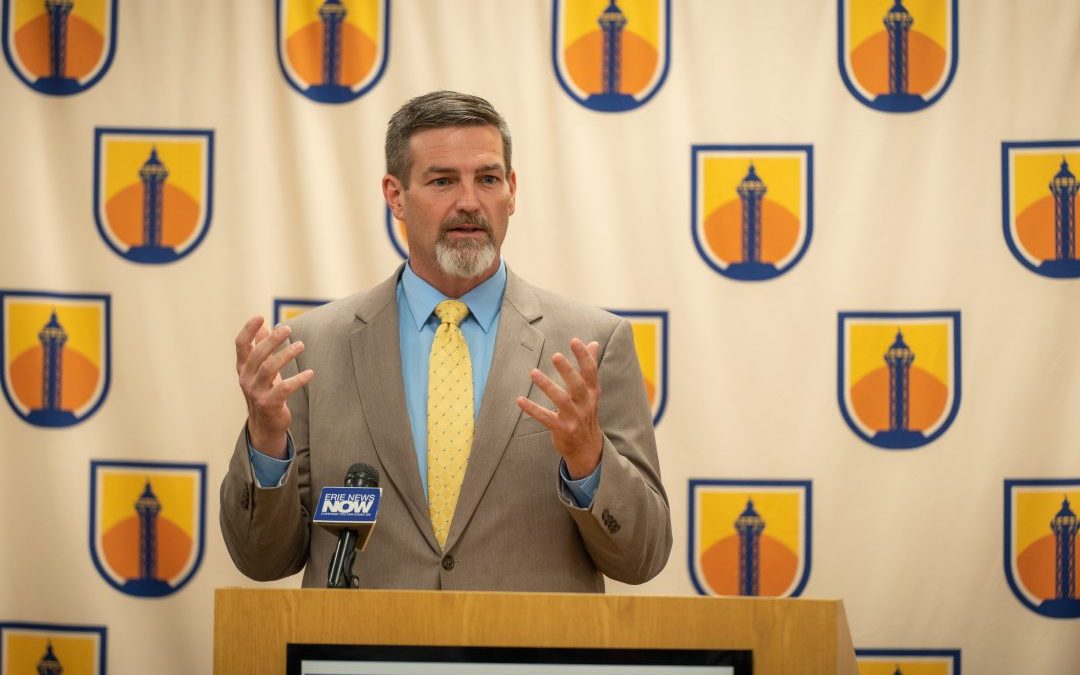Notes from the President
Chris Gray, Ph.D. | Founding President, Erie County Community College of Pennslyvania
I write today on the cusp of November, and if you’ve been reading here for a while, you know that I have been publishing a blog post each week for a little over a year. During that time, a small but faithful following has come along with me and grown accustomed to clicking on this page at the end of each workweek to hear my musings. In fact, I even received some inquiries about my absence last week.
Rest assured that I’m well and that my absence was intentional. After a year of weekly posts, we spent some time combing through the data and statistics about our readership here in this space. Like most institutions in the modern world, we collect, analyze, and use data to inform our decisions — from big decisions like what programs to offer and what staff to hire, to smaller ones like the frequency and content of our college communications. After doing so, I have decided to move to a biweekly blog post at this time.
Living in the age of technology allows us to access information that we could only dream about when I began my career in education. We basically had to take our best guess at everything back in those days, and we were often wrong. Now, we still have to incorporate some guessing into things like projected student enrollment or the number of classes on the schedule, but we begin with some baseline knowledge.
In determining, for example, when to offer English Composition I, a foundational writing course that is always in demand, we look at our projected enrollment numbers. We then look at when and how we offered this course last semester and last year (e.g., Was it online? In-person? What time of day? How many days per week? Was it a sixteen-, twelve-, or eight-week course?) and see what our students chose most frequently. In other words, we use the data to schedule classes when students tend to take them. And while students are obviously different from one semester to the next, we have found that using historical data to predict future needs gets us significantly closer to the neighborhood in which we wish to be. There’s always some tweaking to be done, but we’re not flying blind.
If you follow our various social media platforms, you’ve likely noticed that we have been a bit more active there recently. We’ve started to figure out what reaches students best, and we are reaching out to them directly where they are. I like to call this a “r/evolutionary” approach — an approach that is both revolutionary and evolutionary. It’s revolutionary because putting students first is the opposite of how higher education has functioned traditionally; it’s evolutionary because we are changing it as we go based on a continual influx of data. It’s always new, always changing, and never static. As it should be.
My background, as I’ve mentioned previously, is in the humanities. I was a Theatre major, but I started off as a Math major! Yes, that’s a weird combination. But, I’ve always understood and respected the real-world benefits that data provide, to the world in general and EC3 in particular. The power of data is immense! I get excited every time we harness that power to help our students.
Once again, I remain committed to sharing my own thoughts with those I serve in this position, and I’m still very much enjoying the opportunity to speak directly to my readers in this forum. So I’m not going away; you’ll just hear from me a bit less frequently because the data tells me that this is a logical pullback. I continue to welcome feedback and suggestions, of course, and I welcome your questions as well.
Thanks for sticking with me!

